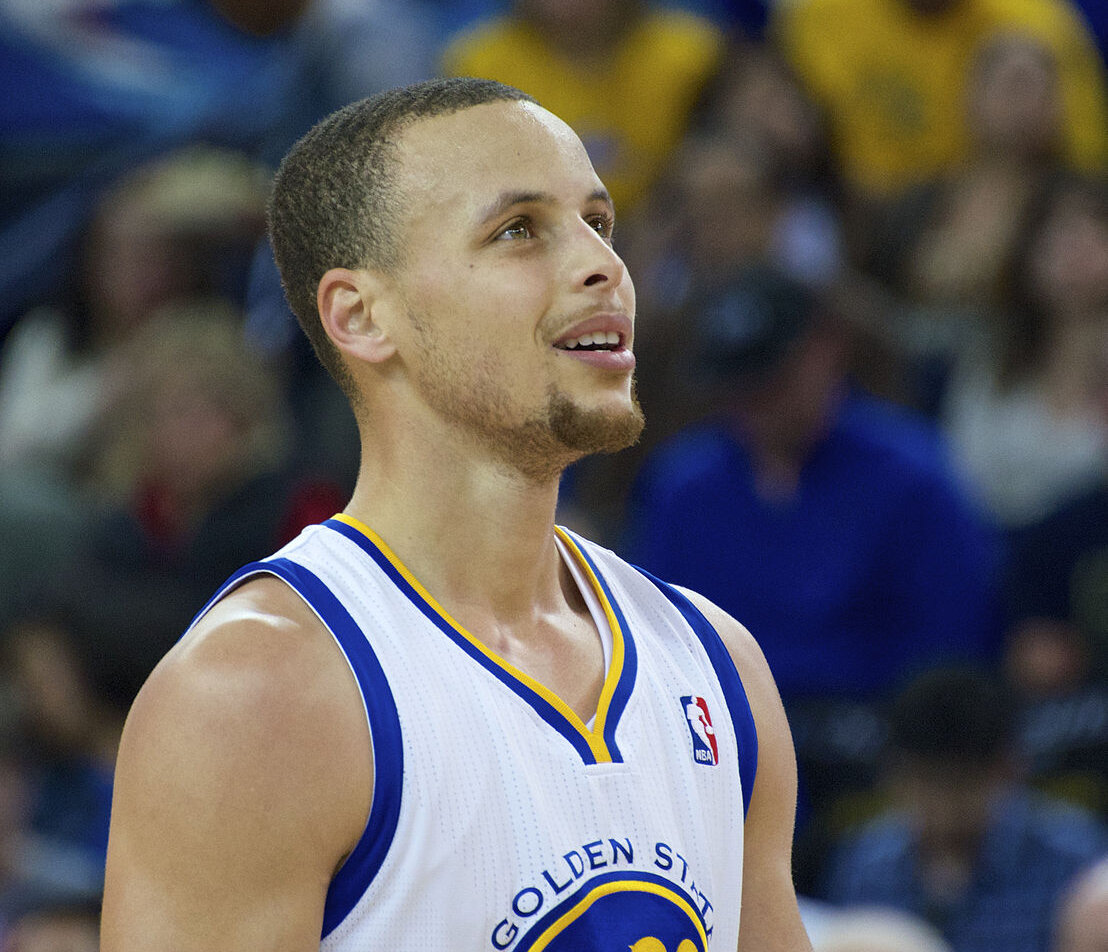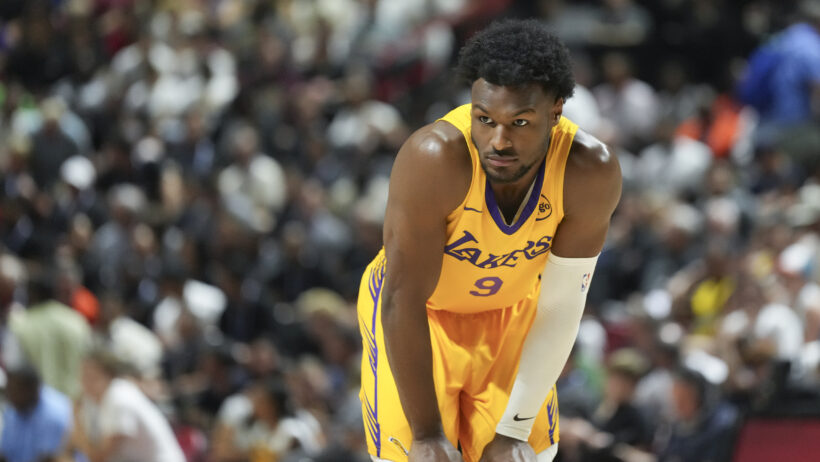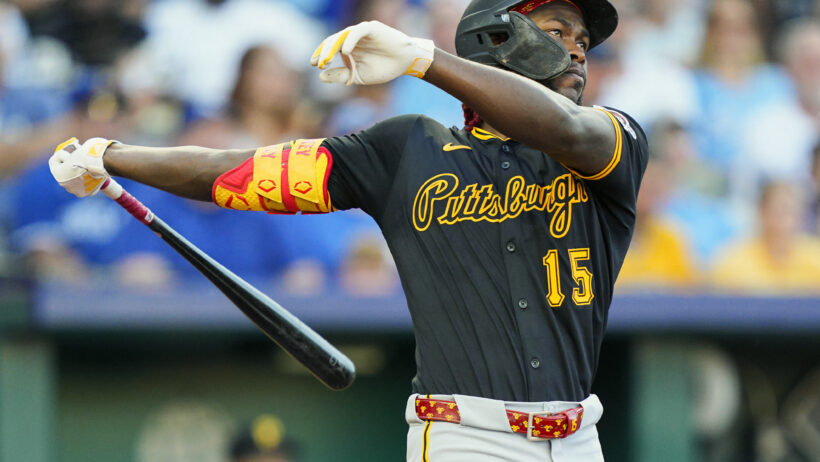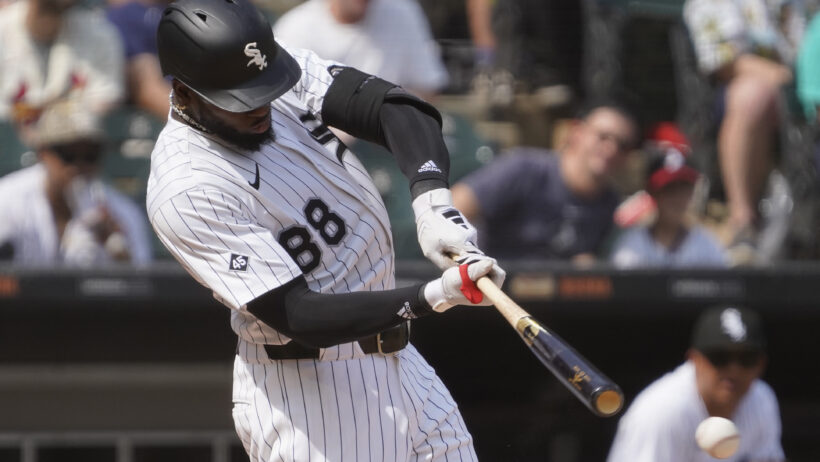Is Covering the Spread Sustainable? Lessons from the NBA
By Sascha Paruk in NBA Basketball
Updated: January 17, 2018 at 9:39 am ESTPublished:

Is posting a great (or miserable) record against-the-spread one season a solid indicator that a basketball team will do the same the next year? Or is it the other way around: do teams tend to revert to the mean? That’s the question of the day and, as always, the internet has the answer.
Let’s start by looking at the top five ATS teams from the last five seasons and juxtaposing their results with their performance the next year. (Data taken from TeamRankings.com.)
| TEAM |
2011-2012 ATS RECORD
|
2012-13 ATS RECORD
|
|
Spurs
|
49-27-4 (64.5%)
|
53-48-2 (52.5%)
|
|
Bulls
|
41-30-1 (57.8%)
|
41-53-0 (43.6%)
|
| Raptors | 37-28-1 (56.9%) | 41-40-1 (50.6%) |
|
Hawks
|
39-31-2 (55.7%)
|
39-47-2 (45.4%)
|
|
Warriors
|
36-29-1 (55.4%)
|
51-42-1 (54.8%)
|
| TEAM |
2012-2013 ATS RECORD
|
2013-14 ATS RECORD
|
|
Grizzlies
|
57-38-2 (60.0%)
|
40-46-3 (46.5%)
|
|
Mavericks
|
48-34-0 (58.5%)
|
50-39-0 (56.2%)
|
| Thunder | 52-39-2 (57.1%) | 52-48-1 (52.0%) |
|
Wizards
|
45-35-2 (56.2%)
|
50-42-1 (54.4%)
|
|
Nuggets
|
49-39-0 (55.7%)
|
39-43-0 (47.6%)
|
| TEAM |
2013-2014 ATS RECORD
|
2014-15 ATS RECORD
|
|
Suns
|
52-29-1 (64.2%)
|
41-39-2 (51.2%)
|
|
Hornets
|
48-35-3 (57.8%)
|
39-41-2 (48.8%)
|
| Raptors | 48-37-4 (56.5%) | 37-48-1 (43.5%) |
|
Mavericks
|
50-39-0 (56.2%)
|
37-48-2 (43.5%)
|
|
Spurs
|
58-47-0 (55.2%)
|
45-42-2 (51.7%)
|
| TEAM |
2014-2015 ATS RECORD
|
2015-16 ATS RECORD
|
|
Celtics
|
50-35-1 (58.8%)
|
45-42-1 (51.7%)
|
|
Rockets
|
58-41-0 (58.6%)
|
38-49-0 (43.7%)
|
| Hawks | 56-41-1 (57.7%) | 45-45-2 (50.0%) |
|
Pelicans
|
49-37-0 (57.0%)
|
36-46-0 (43.9%)
|
|
Warriors
|
58-44-1 (56.9%)
|
59-45-2 (56.7%)
|
| TEAM |
2015-2016 ATS RECORD
|
2016-17 ATS RECORD
|
|
Warriors
|
59-45-2 (56.7%)
|
41-40-2 (50.6%)
|
|
Magic
|
45-36-1 (55.6%)
|
32-48-2 (40.0%)
|
| Mavericks | 47-39-1 (54.6%) | 43-38-1 (53.1%) |
|
Heat
|
51-44-1 (53.7%)
|
48-33-1 (59.3%)
|
|
Knicks
|
44-38-0 (53.7%) |
42-40-0 (51.2%)
|
The first thing that jumps out is that only one team (the 2016-17 Heat) was able to better its ATS record after finishing top five the previous season. Only three (2016-17 Heat, 2015-16 Warriors, 2013-14 Mavs) were able to stay among the top five.
On average, top-five finishers saw their cover-rates drop by 7.5-percent, and 11 of the 25 teams weren’t even able to stay above .500.
But what really stands out here is the way the best of the best plummet. The ten biggest declines all came from teams that started at 55.6-percent or higher, and every team that finished 59-percent or better fell at least 10-percent the next season.
What does it mean for next year?
We’re not going to delve too deeply into the “why” of these regressions. Suffice to say, there’s no single answer. Sometimes rosters change drastically in the offseason. Sometimes sportsbooks are simply adjusting lines. A multitude of factors go into it. But the stats clearly show that excellent ATS records are not sustainable from one year to the next, especially for the true outliers.
That’s important to keep in mind. Bettors tend to fall in love with the teams that win them money. The start of a new season means you have to hit the reset button on your romance.
Who should you be shying away from in 2017-18? To start, here’s this season’s top five:
| TEAM |
2016-2017 ATS RECORD
|
|
76ers
|
49-33-0 (59.8%)
|
|
Heat
|
48-33-1 (59.3%)
|
| Nuggets | 46-36-0 (56.1%) |
|
Thunder
|
46-37-1 (55.4%)
|
|
Mavericks
|
43-38-1 (53.1%) |
Based on the trends I laid out, the two teams to approach with extreme caution are Philadelphia and Miami. As mentioned, in the last five seasons, every team that has covered at a rate of 59-percent or better has dropped by double-digits the next season. If that holds true for the Sixers and Heat, they will be sub-.500 ATS teams in 2017-18.
If the other three teams in the top five regress by the average 7.5-percent, they will all have sub.-500 ATS records as well.

Managing Editor
Sascha has been working in the sports-betting industry since 2014, and quickly paired his strong writing skills with a burgeoning knowledge of probability and statistics. He holds an undergraduate degree in linguistics and a Juris Doctor from the University of British Columbia.



